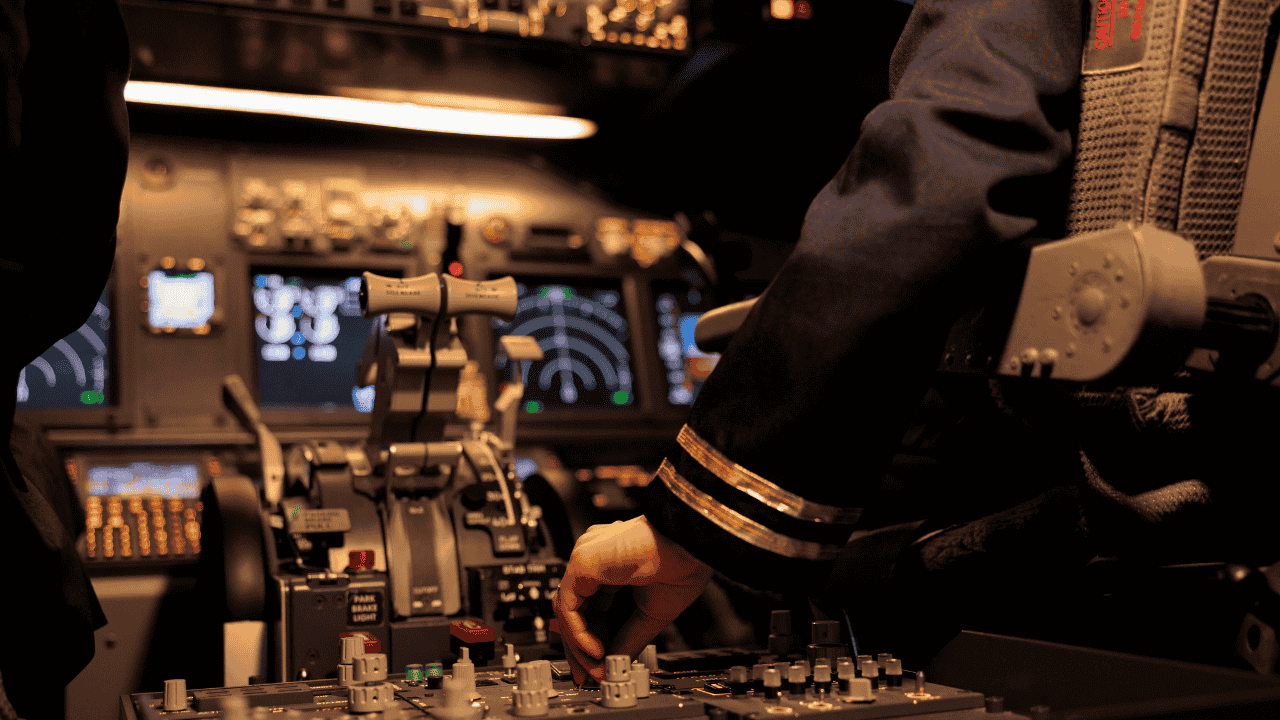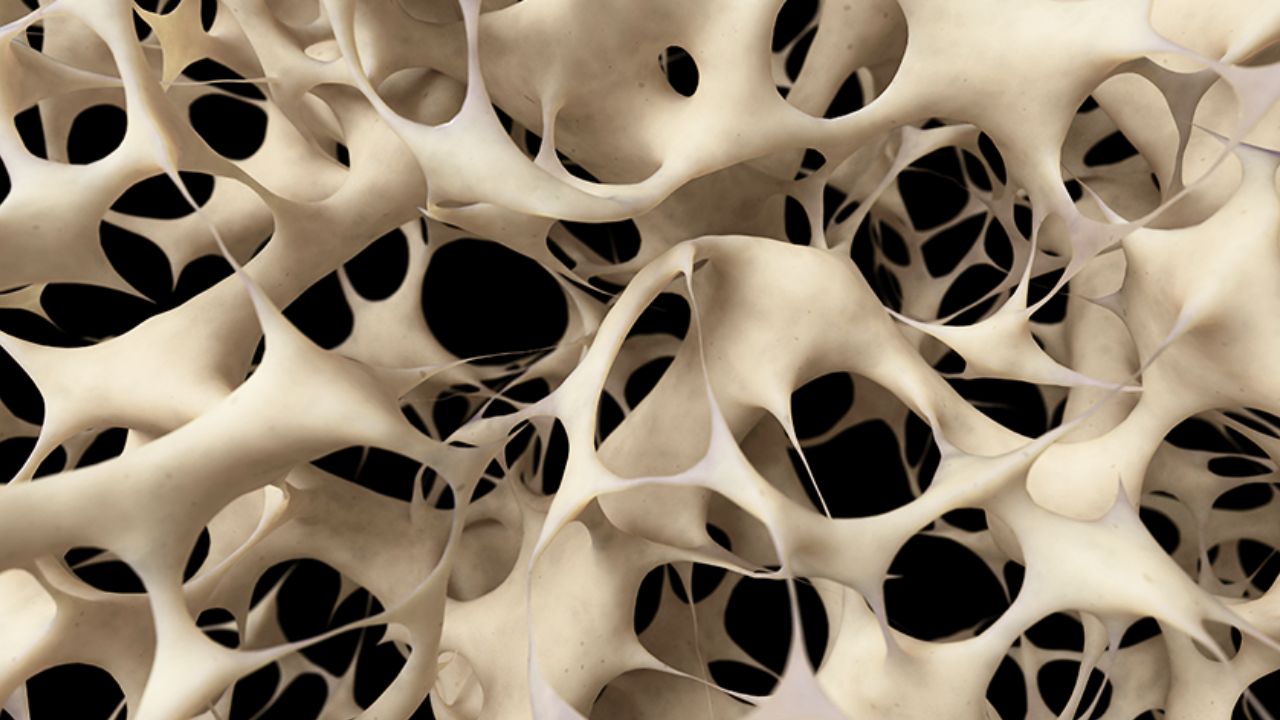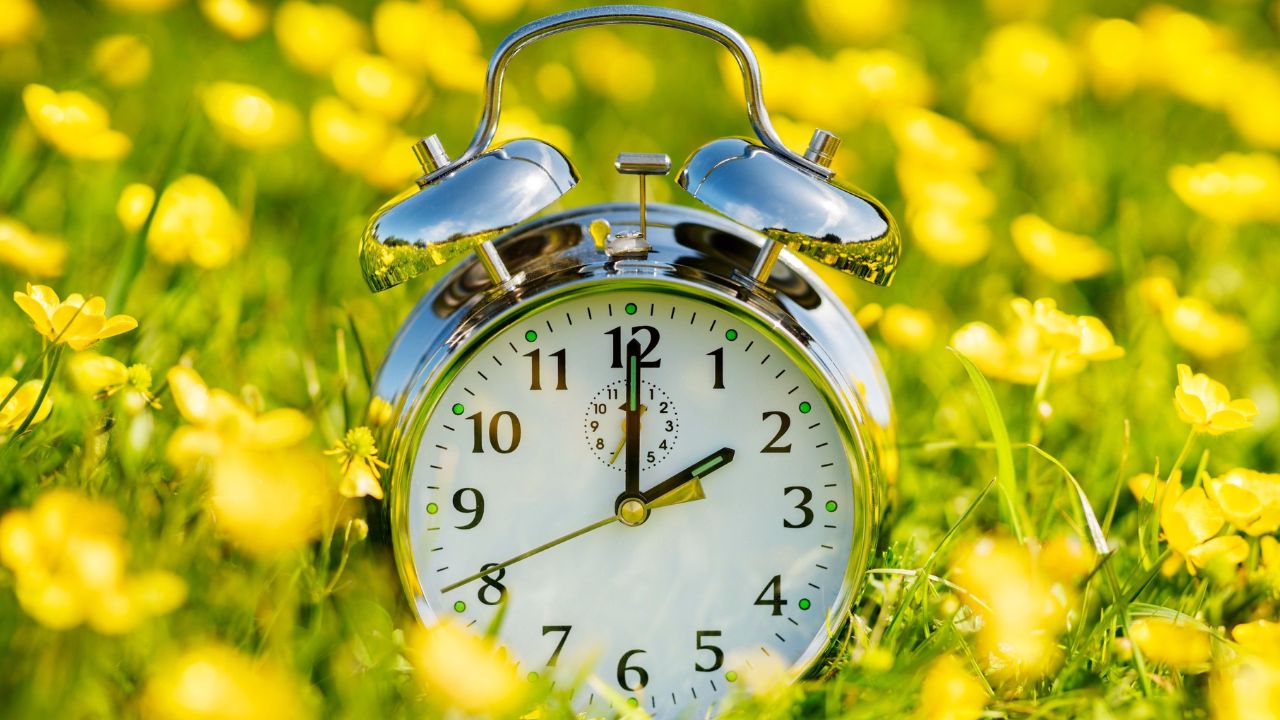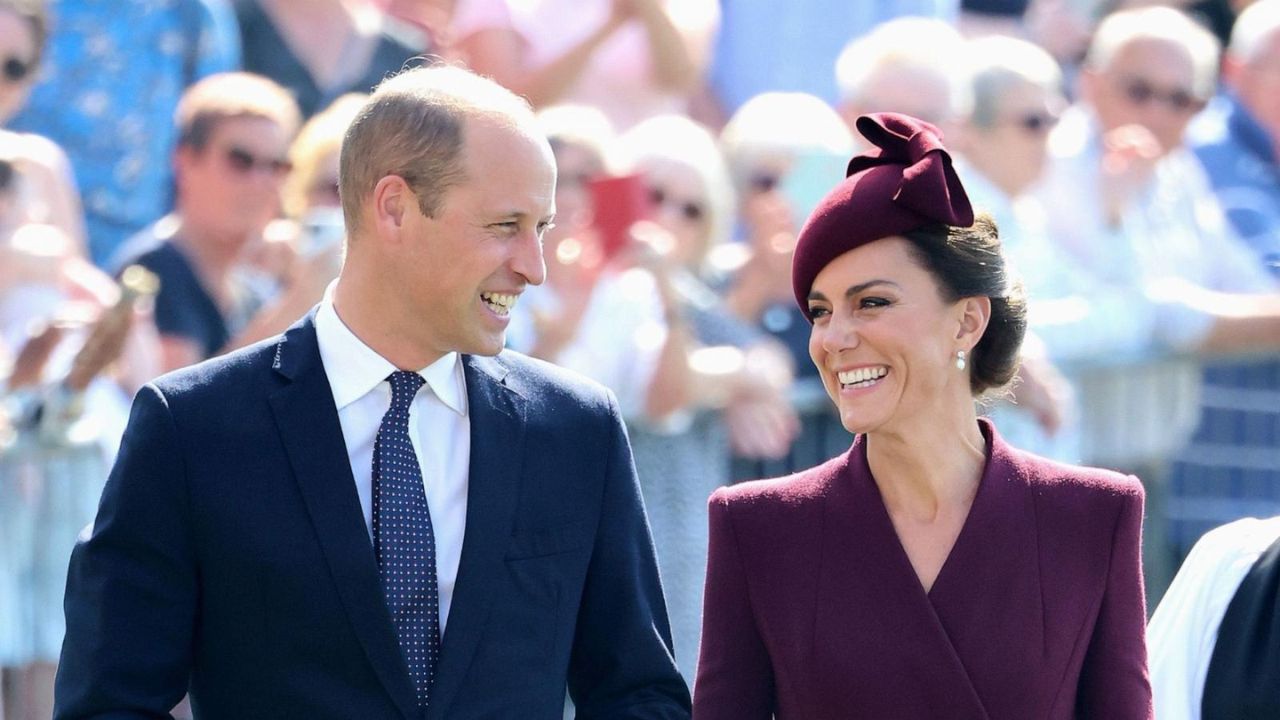Got a sharp eye and a steady hand? Let’s put both to the test. This “Spot the Difference” cockpit challenge has fooled even the most eagle-eyed readers—and yes, the timer’s set to seven seconds. Two nearly identical photos of a pilot mid-flight, with three microscopic changes. No tricks, no Photoshop overloads—just tiny, realistic edits hiding where you least expect them.
The Challenge
Set a timer for seven seconds. Take a breath, glance at the first image, then the second. The mission: find all three differences before the buzzer sounds.
If you’re staring at the panel, headset, and sky but nothing feels off, don’t panic—that’s your visual system doing exactly what it’s designed to do: ignore minor changes that don’t affect the bigger picture.
The Three Hidden Differences
Here’s what you’re up against:
| Change | Description | Why It Tricks You |
|---|---|---|
| 1. Missing Pilot Microphone | In one photo, the pilot’s mic is gone from the headset boom. | Your brain expects symmetry—if the headset looks “normal,” it stops checking. |
| 2. Vanished Lightning Bolt | A faint flash in the storm clouds disappears. | Peripheral vision glosses over low-contrast details, especially in motion-like scenes. |
| 3. Missing Gold Uniform Stripe | The pilot’s lower sleeve stripe is missing. | High-contrast but small—easy to overlook because your attention is drawn to the face. |
If you caught all three under seven seconds, congrats—you’ve just passed the “attentional bottleneck” test that catches even trained observers.
Why You Missed One (or Two)
Our brains are built to filter noise, not obsess over it. In visual-heavy environments like cockpits or traffic scenes, your mind creates shortcuts—it fills gaps to keep the world stable. Psychologists call this change blindness, and it’s why we miss subtle shifts in familiar setups.
Your selective attention system prioritizes big patterns (faces, symmetry, bright contrasts) and tosses out redundant details. That’s great for survival, not so great for games like this.
How to Train Your Visual System
Want to actually get better at this? Treat it like flight training—systematic and repeatable.
1. Scan, Don’t Stare.
Pilots are taught to scan instrument panels in loops. Apply that method here: sweep left-to-right, then diagonally, then back. Structured scanning beats random glances every time.
2. Layer Your Focus.
Start broad (uniforms, body position), then go fine-grain (headsets, buttons, reflections). You’ll catch inconsistencies faster once your eyes learn to move rhythmically.
3. Mix Up Your Practice.
Two or three puzzles a day is plenty. Use different settings—cockpits, street scenes, nature. The key is variety. The National Institute on Aging (nia.nih.gov) recommends mixing mental exercises for better cognitive results.
4. Keep the Rest of You Tuned.
The NHS reminds us that mental sharpness depends on good sleep, hydration, and breaks. Exhaustion dulls visual processing faster than age ever will.
5. Borrow From the FAA Playbook.
The FAA’s Aeronautical Decision-Making framework emphasizes disciplined scanning habits to reduce human error. Applying that logic to puzzles—and daily life—can dramatically boost situational awareness.
Why This Stuff Matters
These short visual workouts aren’t just games. They strengthen neural pathways tied to processing speed, visual memory, and attention control—skills that spill over into driving, sports, and even work performance.
Think of it as a mini mental gym: fast reps, instant feedback, measurable gains.
The Takeaway
Next time you open a puzzle like this, remember—it’s not about the photo. It’s about training your perception to see what most people miss. In life, that extra second of awareness—on the road, in the air, or behind a desk—can make all the difference.
So go ahead, captain. Fire up another seven-second round. Let’s see if your brain’s flight instruments are still in perfect sync.
FAQs
What were the three cockpit differences?
A missing mic, a vanished lightning bolt, and one missing gold sleeve stripe.
Why do people miss them?
Because of change blindness—the brain filters minor details in familiar visual fields.
Can spotting differences improve my attention span?
Yes. Regular short-burst puzzles improve focus and processing speed.
How often should I practice?
Two or three puzzles a day are ideal for cognitive training.
Is there science behind this?
Absolutely. Studies and agencies like the NIA and NHS promote mentally stimulating tasks for long-term brain health.



















